Selecting the Right Shoe for Training
One of the most common conversations the Elite Sports Performance Staff has with their athletes is about their footwear selection. There are hundreds of thousands of different options out there to choose from and some are certainly better than others. Too often we see athletes come in for their training sessions wearing bulky shoes that they wore to school (and do not want to crease!) or shoes that are too flexible and do not provide support for the athlete during athletic movements.
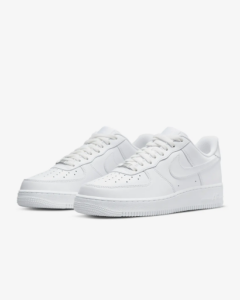
So why is your selection important? The bottom line comes down to ankle stability during movement patterns to aid in the movement as well as reduce the risk of injury for the athlete in their ankle, knees, hips, and back.
Since there are so many options available for types of shoes, we have broken down some of the most common shoes you will see available on your search for the best training shoes and explain when the right time to wear each type.
Running Shoes – cushioned heel and forefoot (shock absorption), traction on the sole, flared heel (to provide support when heel strikes the ground/treadmill), some flexibility (maintains natural movement patterns of your foot), and are lightweight. These shoes are built specifically for athletes who are working in a linear path and have minimal, if any, lateral movements.
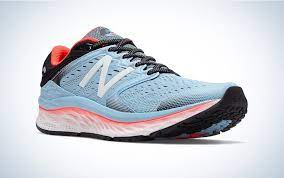
Cross Training Shoes – Perfect for weightlifting and functional training movements. Elite suggests athletes training wearing these shoes because our programs include both weightlifting exercises as well as power and agility training. These shoes are slightly more flexible than your running shoes, but also provide a significantly greater amount of stability. Cross training shoes have some cushion to allow for shock absorption during dynamic movements but not enough to alter the athlete’s form in their weight lifting.
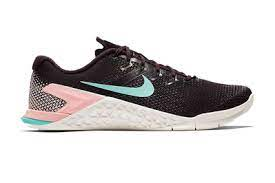
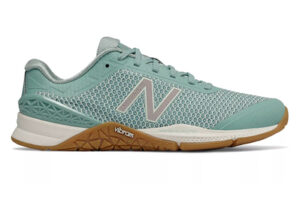
Weightlifting Shoes – provide a significant heel lift to allow athletes to reach a better squat position by creating greater ankle mobility. Weightlifting shoes also provide a large amount of support and minimal, if any at all, cushion. These shoes are typically used by power lifting athletes and are not recommended for Elite’s athletes as they do not allow the athlete to move swiftly through athletic movements.
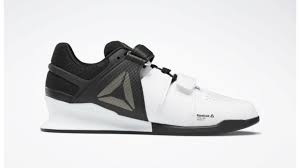
Think of your training sessions as another practice for your sport. You would not show up to your basketball practice with your baseball cleats and you would not show up to your track practice wearing your volleyball shoes! Training should be the same; there are shoes available that will provide optimal support for your performance. We recommend athletes (especially those who are coming directly from school!) to pack a spare pair of shoes that they plan to train in later that day.
Make your shoe selection a priority because proper footwear for training is essential for athletes!
We hope you enjoyed this installment of our Sports Performance blog series! If you or an athlete in your family would like to join the Elite Sports Performance community, we offer personalized, comprehensive Sports Performance and Athlete Training programs at both our Foxboro and Stoughton locations. To learn more about our programs for athletes of all ages and sports and how YOU can improve your strength, power, and resilience to injury in the process, click HERE or email us at EliteSPC@EliteFitCenter.com!
References:
What Shoes Should I Wear for Different Types of Training?
